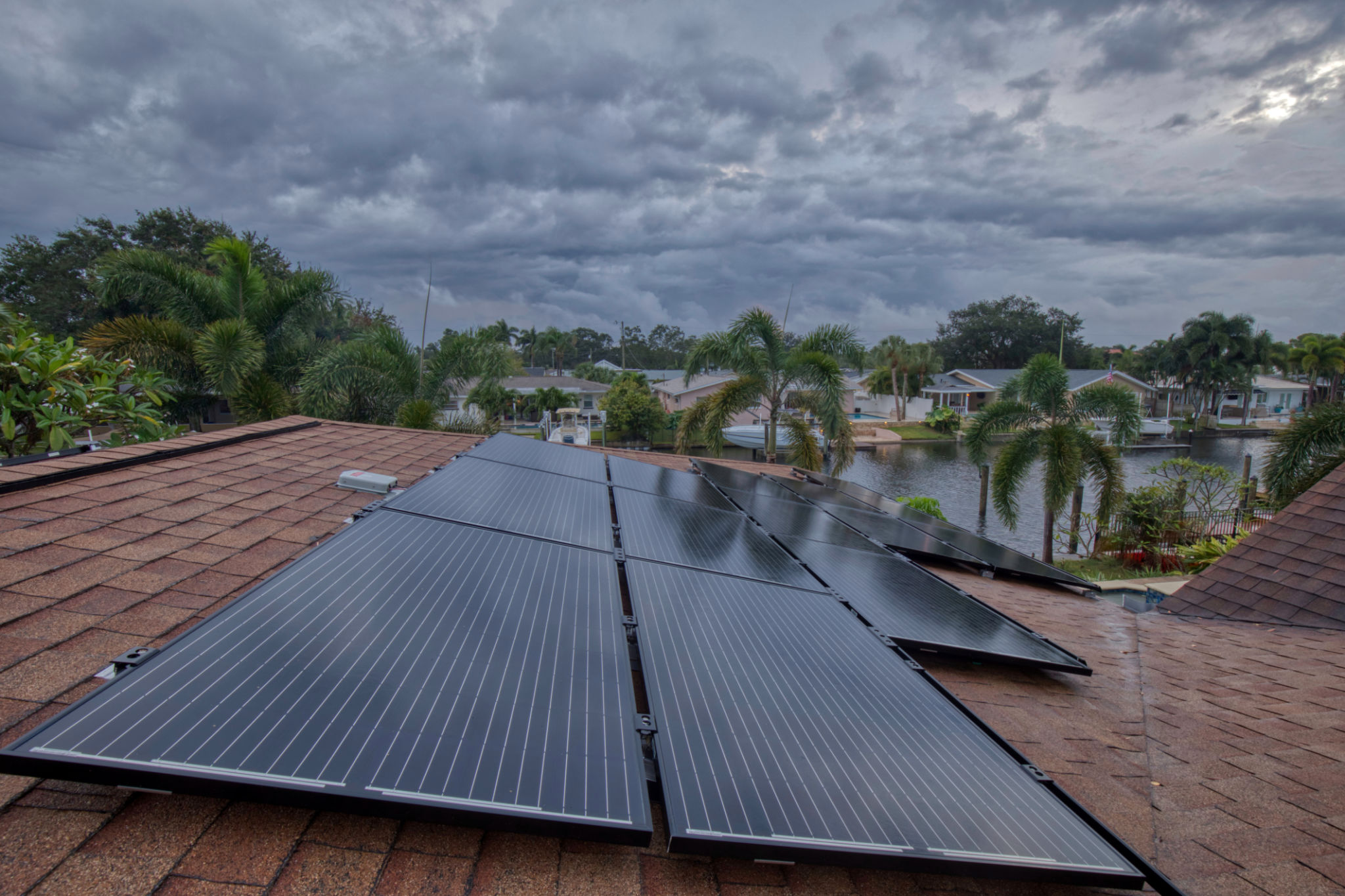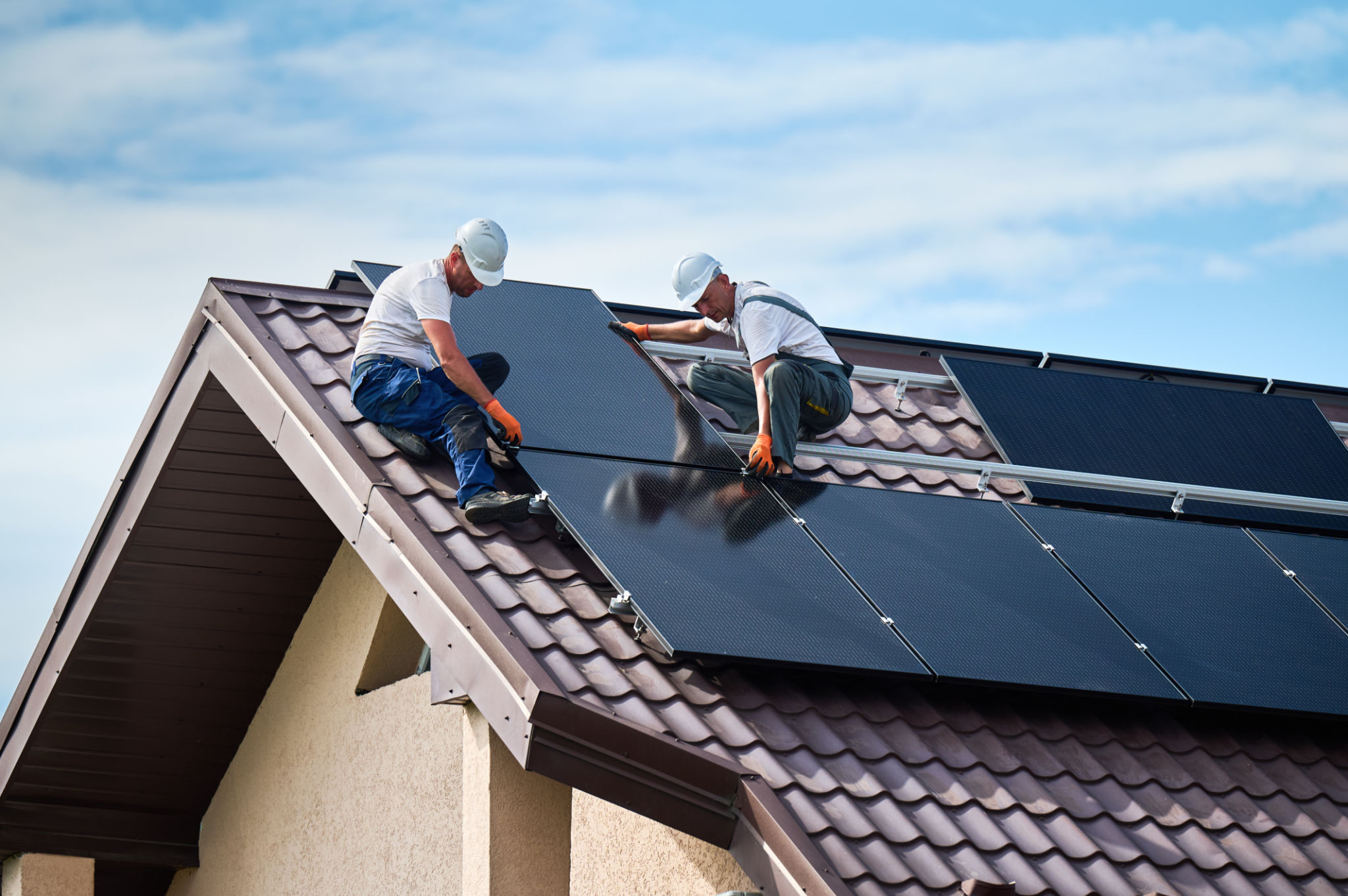Debunking Common Myths About Solar Energy in South Australia
In recent years, solar energy has gained significant traction as a sustainable and cost-effective power solution in South Australia. Despite its growing popularity, several myths still cloud public perception of solar power. This blog post aims to debunk some of the most common myths surrounding solar energy in the region.
Myth 1: Solar Panels Don't Work in Cloudy or Cold Weather
A common misconception is that solar panels only function effectively in sunny and warm climates. Contrary to this belief, solar panels can still generate electricity even on cloudy days. While it's true that they perform better in direct sunlight, they can capture diffuse sunlight and convert it into energy. In fact, cooler temperatures can enhance a solar panel's efficiency, as excessive heat can reduce its effectiveness.

South Australia experiences a mix of sunny and cloudy days, making it an ideal location for solar energy generation. The region enjoys ample sunlight throughout the year, ensuring consistent energy production from solar panels.
Myth 2: Solar Energy is Too Expensive
Another prevailing myth is that solar energy is prohibitively expensive. While initial installation costs can be high, the long-term savings on electricity bills often outweigh the upfront investment. Government incentives and rebates also help reduce the cost of installing solar systems, making them more accessible to households and businesses.
As technology advances and the demand for solar increases, the cost of solar panels has significantly decreased over the years. Additionally, many companies offer financing options that allow homeowners to pay for their systems over time, further easing the financial burden.

Myth 3: Solar Panels Require Constant Maintenance
Some people believe that solar panels are high-maintenance investments. In reality, solar panels require very little upkeep. Most systems are designed to be durable and resilient against harsh weather conditions. Regular cleaning and occasional inspections are usually sufficient to keep them in optimal working condition.
With no moving parts, solar panels have a lower risk of mechanical failure. Most manufacturers offer warranties that cover the panels for up to 25 years, ensuring their longevity and reliability.

Myth 4: Solar Energy is Not Reliable
Concerns about the reliability of solar energy often arise due to its dependence on weather conditions. However, modern solar systems are equipped with battery storage solutions that allow homeowners to store excess energy for use during cloudy days or at night.
Furthermore, South Australia's electricity grid continues to integrate more renewable energy sources, improving overall grid stability and reliability. This integration reduces reliance on traditional fossil fuels and enhances energy security for the region.
Myth 5: Solar Panels Are Not Environmentally Friendly
Some critics argue that manufacturing and disposing of solar panels have negative environmental impacts. It's important to note that the environmental benefits of using solar energy far outweigh the drawbacks associated with production.
The lifecycle emissions from solar panels are significantly lower compared to traditional energy sources. Additionally, advancements in recycling technologies are making it easier to manage end-of-life panels responsibly, further minimizing their environmental footprint.

In conclusion, understanding the truth behind these myths is crucial in making informed decisions about adopting solar energy. South Australia stands to benefit greatly from embracing this clean and renewable energy source. By debunking these myths, we hope more people will consider transitioning to solar power as a viable and sustainable option.
